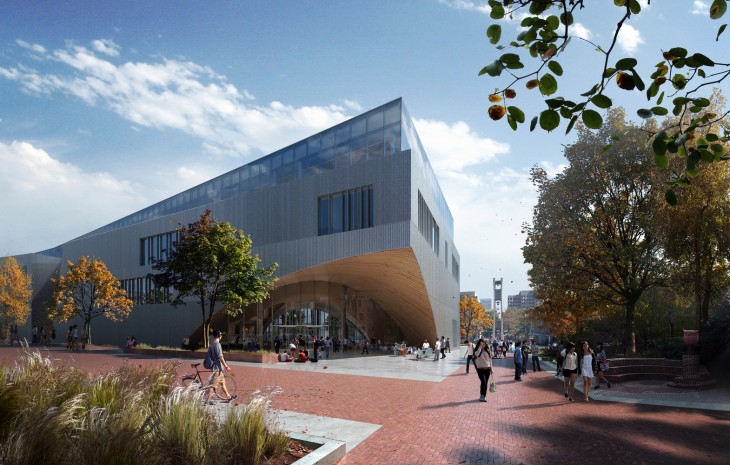
Architecture firm Snøhetta has designed library it has designed a library for Temple University in Philadelphia, Pennsylvania. It aims to challenge the “traditional typology of the research library”. For students and the surrounding community, the new building will house a “variety of study spaces, resource centers, sophisticated information technology, public spaces and event hall”.The project will be completed in Fall 2018. Take a look at the complete story below.
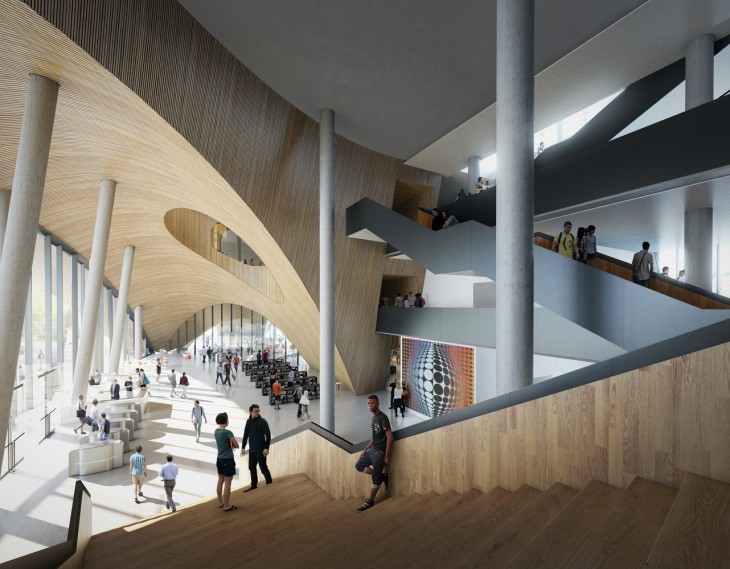
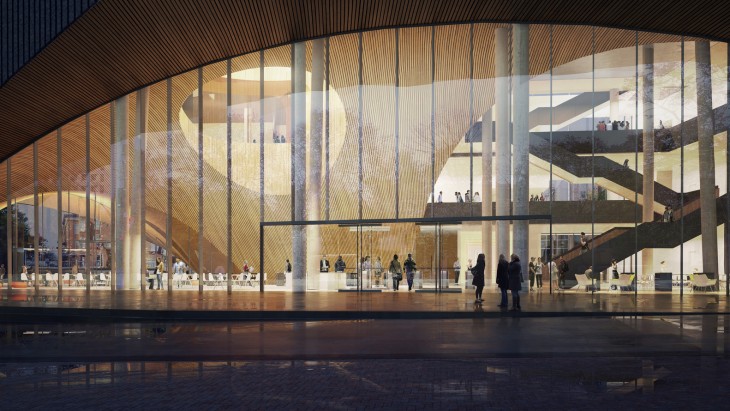
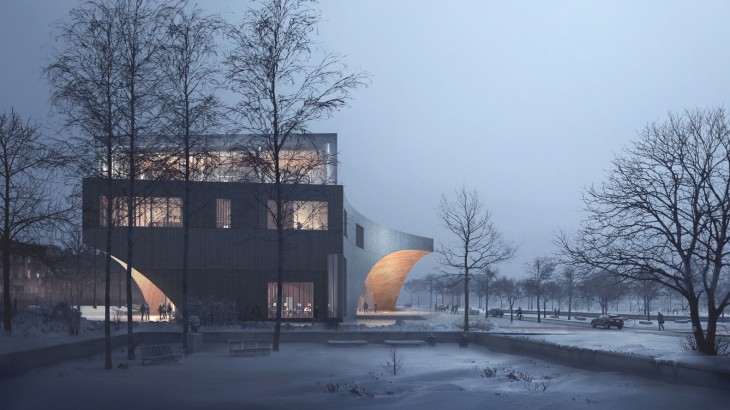
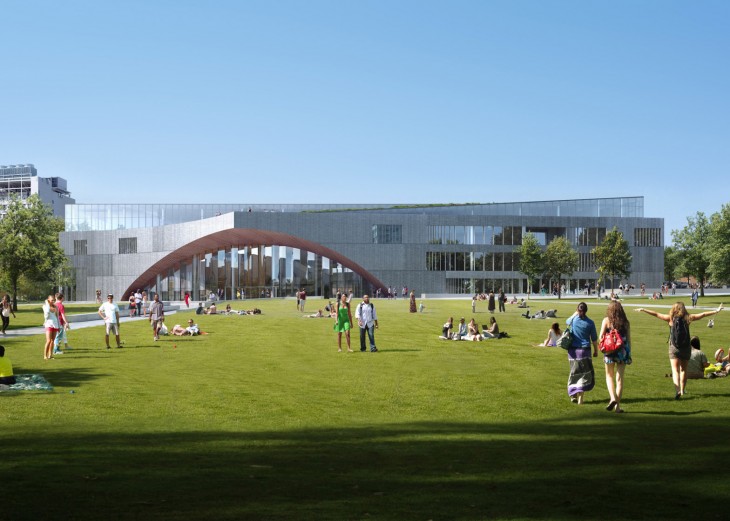
The design is inspired by the historic academies of Greek antiquity, where social spaces for exchanging ideas were primary and storage of written content took a secondary role. Snøhetta’s design challenges the traditional typology of the research library solely as a repository for books and archives, and instead provides a diversity of spaces that will spark chance encounters, enable collaboration, and encourage knowledge-sharing amongst its users. Notably, the new library uses an automated book retrieval system to store the majority of the University’s more than two million volumes. The ASRS significantly reduces the amount of space needed to store books and allows the building to provide more collaborative learning space and student resources.Located at the intersection of two major pedestrian pathways and adjacent to a future campus quadrangle, the library will anchor a new academic and social core for Temple University. The surrounding landscape of terraced plazas step up to the library entrances, providing outdoor classrooms and opportunities for informal gatherings.
The new library’s architecture is defined by a solid base clad in vertical sections of rough stone that references the materials of the surrounding campus context. The grand wooden arched entrances cut into the stone volume and announce a welcoming point of entry. Expanses of pleated frameless glass supported on steel mullions create maximum transparency at the major entrances. The arches continue into the building, forming a three-story domed atrium lobby with white terrazzo floors. The lobby, cafe?, central atrium and 24/7 zone, which is unimpeded by security checkpoints, will welcome in the surrounding community as well as Temple students.An oculus carved into the lobby’s domed atrium opens up views to each corner of the building, serving as a wayfinding anchor and placing the user at the center of the library’s activity. As users circulate the building, this visual and physical connectivity allows the individual to take stock of their bearings and encourages students to use all of the building’s resources. In addition to interactive and generative learning spaces, the library also provides moments for introspective study. Arriving at the top floor, the visitor reaches a sun-filled reading room with traditional browsing stacks. Its light and airy character rises from the more opaque base, and opens up to the library’s green- roof via a terrace with stepped seating, providing a unique outdoor space for students.This new library will put Temple University at the forefront of progressive research institutions. Acting as a new social, cultural, and intellectual hub for the university and surrounding community, the design serves the contemporary needs of a world-class research facility and its students.



